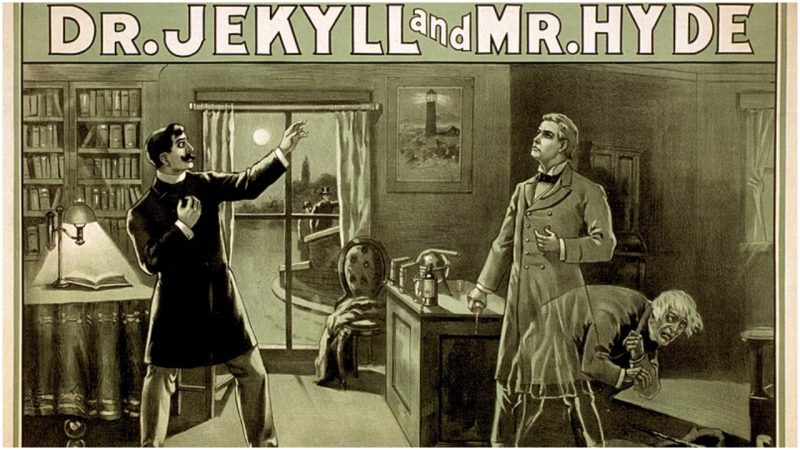Back in the late 18th century, there was a man, William Brodie, who lived in Edinburgh. He was a fine man, a talented locksmith, and a highly respected member of society. Brodie was quite rich with 10,000 pounds and three houses that he inherited from his father. He also inherited the business, allowing him to sustain the wealth. Brodie was a member of the Town Council and filled the role of Deacon (president) of the Incorporation of Wrights, the head of the Craft of Cabinetmaking. His skills varied—crafting furniture such as cupboards and cabinets, as well as installing and repairing locks. Traveling in the highest social circles, Brodie had the key to almost all of the richest people’s houses. Literally.
No wealthy Edinburgh resident would ever think that such a respected man would keep a copy of their key in his drawer and that he would slip inside their homes after nightfall to steal everything worth taking. William Brodie was a man who lived a double life. During the day, he was a well-known gentleman who shared jovial times with his rich customers and enjoyed the company of highly respected persons such as himself, but during the night, Brodie could be found gambling in the dark corners of Edinburgh, accruing debts that forced him to consider a life of crime, and so, he became a thief.
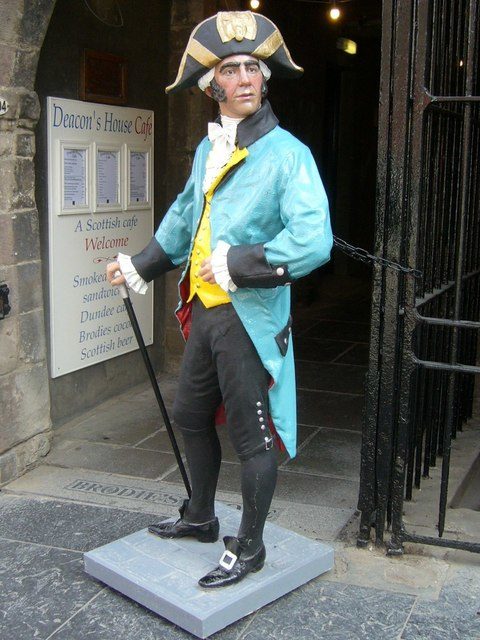
After installing a lock in a rich man’s home, Brodie would also make a copy of the key for himself. Not because he collected souvenirs, but because he intended to visit those homes again, some other night when a burglary without breaking in but entering the house with a key would be his tactic. In this way, the man had supplemental payment to support his double life as a gentleman by day and a gambler in the evenings. On top of everything, Brodie had to support his five children by two mistresses who didn’t know of each other’s existence.
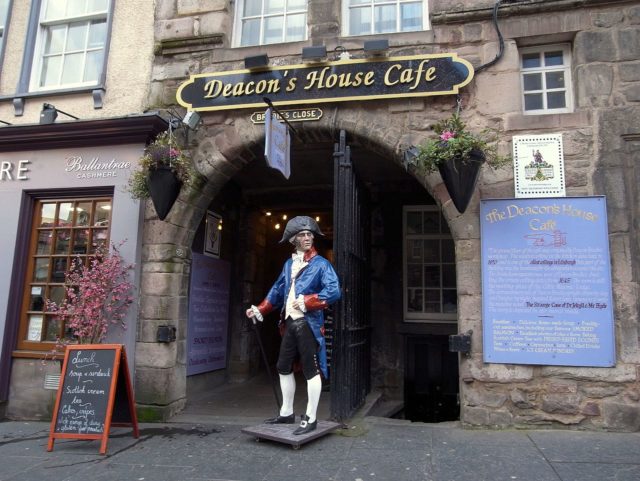
Allegedly, his criminal career began around 1768, when he stole 800 pounds from a bank that he sneaked into during the night by using a key. The Deacon’s nightlife was filled with gambling, robbing, and stealing. He didn’t mix his daily business and finances with his night life. Whenever he would fall into debt while gambling, he had the “ace key” that would pay off his debts.
Another source says that although Brodie had already robbed a bank, his real criminal career began in the summer of 1786 when he met George Smith, an Englishman. Brodie and Smith got into business together, targeting the rich people’s homes in Old Town. By the end of that same year, the duo had successfully robbed a tobacconist and a goldsmith’s.
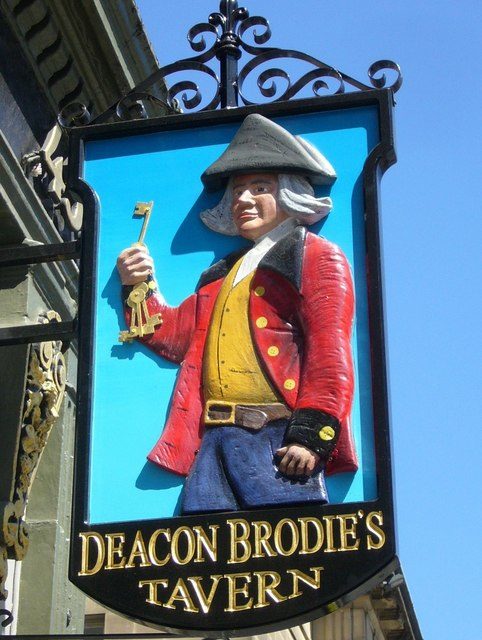
Soon, the Deacon and the Englishman recruited two other members to their group: Andrew Ainslie, a shoemaker, and John Brown, a thief. In 1787, the gang stole tea from a grocer’s store in Leith. Back then, tea was a valuable commodity, a luxury that only members of the elite could afford to buy.
Encouraged by their success, the gang, led by the Deacon, decided to steal the revenues of Scotland from an Excise office in Chessel’s Court on the Canongate. They organized an armed raid, and for the first time, instead of welcoming themselves inside with a key, they broke in. However, they managed to steal only 16 pounds when they were caught. The unsuccessful robbery led Brown to claim the King’s Pardon the same night and named Smith and Ainslie as the culprits.
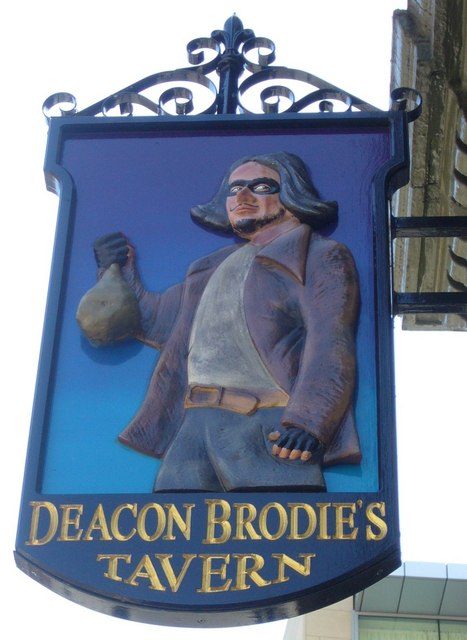
CC BY 3.0
When his partners got arrested, Brodie traveled to London, and from there he boarded a ship to Amsterdam. But, since there was a reward for Brodie, he was tracked down in Holland and shipped back to Edinburgh. He and his friend Smith were tried on August 27, 1788. Although at first there wasn’t any strong evidence against Brodie, he was convicted after a disguise, pistols, and of course, copied keys were found in his workshop. After a trial that lasted only 21 hours, Brodie was hanged in front of 40,000 people.
A hundred years later, the story of Deacon Brodie had spread around Scotland and turned into a legend. The author Robert Louis Stevenson had always been puzzled by the double life of the locksmith who sneaked into the rich neighborhoods in the night. The character had first inspired the author to write the unsuccessful play Deacon Brodie or the Double Life. However, it didn’t exhaust Stevenson’s fascination with Deacon Brodie and in 1886, he wrote The Strange Case of Dr. Jekyll and Mr. Hyde, which became a classic piece of literature.
